Micro-/Nano-Texturing of Aluminum by Precise Coining for Functional Surface Decoration
Abstract
:1. Introduction
2. Experimental Procedure
3. Experimental Results
3.1. Formation of Unidirectional Nanotextures onto Stainless Steels
3.2. Fabrication of AISI316 Micro-/Nano-Textured Punch
3.3. Coining of Micro-/Nano-Textures onto AA1060 Aluminum Plates
4. Discussion
5. Conclusions
Author Contributions
Funding
Acknowledgments
Conflicts of Interest
References
- GF Laser Texturing Revolution Dans la Decoration Horlogere. Available online: https://www.swissphotonics.net/libraries.files/nicolet.pdf (accessed on 8 July 2020).
- Yang, Y.; Pan, Y.; Guo, P. Structural coloration of metallic surfaces with micro/nano-structures induced by elliptical vibration texturing. Appl. Surf. Sci. 2017, 402, 400–409. [Google Scholar] [CrossRef]
- Aizawa, T.; Hasegawa, T.; Inohara, T. Surface geometry control of stainless steels by femtosecond laser nano-/micro-texturing toward super-hydrophilicity and super-hydrophobicity. In Proceedings of the 12th AFGS, Kunming, China, 12 August 2019; pp. 71–78. [Google Scholar]
- Aizawa, T.; Inohara, T.; Wasa, K. Femtosecond laser micro/nano-texturing of stainless steels for surface property control. Micromachines 2019, 10, 512. [Google Scholar] [CrossRef] [PubMed] [Green Version]
- Aizawa, T.; Inohara, T.; Wasa, K. Fabrication of hydrophobic stainless steel nozzle by femtosecond laser micro-/nan-texturing. Int. J. Automot. Technol. 2020, 14, 159–166. [Google Scholar] [CrossRef]
- Gong, L.; Zhao, J.; Huang, S. Numerical study on layout of micro-channel heat sink for thermal management of electric devices. Appl. Therm. Eng. 2015, 88, 480–490. [Google Scholar] [CrossRef]
- Aizawa, T.; Shiratori, T.; Wasa, K. Plasma-printed AISI316L multi-punch array for fabrication of aluminum heatsink with micro-pillar fines. In Proceedings of the 3rd WCMNM International Conference, Raleigh, NC, USA, 10–12 September 2019; pp. 220–223. [Google Scholar]
- Jung, S.M.; Preston, D.J.; Jung, H.Y.; Deng, Z.; Wang, E.N.; Kong, J. Porous Cu nanowire aerosponges from one-step assembly and their applications in heat dissipation. Adv. Mater. 2016, 28, 1413–1419. [Google Scholar] [CrossRef] [PubMed]
- Aizawa, T.; Wasa, K.; Tamagaki, H. A DLC-punch array to fabricate the micro-textured aluminum sheet for boiling heat transfer control. Micromechanics 2018, 9, 147. [Google Scholar] [CrossRef] [PubMed] [Green Version]
- Aizawa, T.; Ono, N. Boiling heat transfer control by micro-/nano-texturing of metallic heat-spreading devices. In Proceedings of the 4th WCMNM International Conference, Mumbai, India, 14 March 2021. In press. [Google Scholar]
- Misun, P.M.; Hierlemann, A.; Frey, O. Miniature fluidic microtissue culturing device for rapid biological detection. In Miniature Fluidic Devices for Rapid Biological Detection; Springer: New York, NY, USA, 2018; pp. 207–225. [Google Scholar]
- Browne, D.J.; Karakozian, S.; Chen, X. Cell Culturing Device. U.S. Patent US2015.0072377 A1, 12 March 2015. [Google Scholar]
- Su, Y.; Luo, C.; Zhang, Z.; Hermawan, H.; Zhu, S.; Huang, J.; Liang, Y.; Li, G.; Ren, L. Bioinspired surface functionalization of metallic biomaterials. J. Mech. Behav. Biomed. Mater. 2018, 77, 90–105. [Google Scholar] [CrossRef] [PubMed]
- Davim, P. Nontraditional Machining Processes: Research Advances; Springer: New York, NY, USA, 2013. [Google Scholar]
- Aizawa, T.; Inohara, T. Pico- and femtosecond laser micromachining for surface texturing. In Micromachining; InTech-Open: London, UK, 2019; pp. 1–24. [Google Scholar]
- Aizawa, T.; Shiratori, T.; Kira, Y.; Inohara, T. Simultaneous nano-texturing onto a CVD-diamond coated piercing punch with femtosecond laser trimming. Appl. Sci. 2020, 10, 2674. [Google Scholar] [CrossRef]
- Derrien, T.J.-Y.; Koter, R.; Kueger, J.; Hoem, S.; Rosenfeld, A.; Bonse, J. Plasmonic formation mechanism of periodic 100nm-structures in femtosecond laser irradiation of silicon in water. J. Appl. Phys. 2014, 116, 074902. [Google Scholar] [CrossRef]
- Hasegawa, T.; Aizawa, T.; Inohara, T.; Wasa, K.; Anzai, M. Hot mold stamping of optical plastics and glasses with transcription of super-hydrophobic surfaces. Procedia Manuf. 2019, 15, 1437–1444. [Google Scholar] [CrossRef]
- Hasegawa, T.; Aizawa, T.; Inohara, T.; Yoshihara, S.-I. Mold-stamping of optical glasses by micro/ nano-textured die to transcript the hydrophobicity. J. JSTP 2019, 60, 23–27. [Google Scholar] [CrossRef]
- Aizawa, T.; Inohara, T.; Wasa, K. Nano-texturing onto tool-surface by the femtosecond laser processing. In Proceedings of the 4th WCMNM 2020, Mumbai, India, 13 March 2021. In press. [Google Scholar]
- Vorobyev, A.Y.; Guo, C. Thermal response and optical absorptance of metals under femtosecond laser irradiation. Nat. Sci. 2011, 4, 488–495. [Google Scholar] [CrossRef] [Green Version]
- Shulka, P.; Waugh, D.G.; Lawrence, J.; Vilar, R. Laser surface structuring of ceramics, metals and polymers for biomedical applications: A review. In Laser Surface Modification of Biomaterials; Woodhead Publishing: Cambridge, UK, 2016; pp. 281–299. [Google Scholar]
- van Driel, H.M.; Sipe, J.E.; Young, J.F. Laser-induced periodic surface structure on solids: A universal phenomenon. Phys. Rev. Lett. 1982, 49, 1955–1958. [Google Scholar] [CrossRef]
- Jang, Y.; Choi, W.T.; Johnson, C.T.; Garcia, A.J.; Singh, P.M.; Breedveld, V.; Hess, D.W.; Champion, J.A. Inhibition of bacterial adhesion on nanotextured stainless steel 316L by electrochemical etching. ACS Biomater. Sci. Eng. 2018, 4, 90–97. [Google Scholar] [CrossRef] [Green Version]
- Ferraris, S.; Cochis, A.; Cazzola, M.; Tortello, M.; Scalia, A.; Spriano, S.; Rimondini, L. Cytocompatible and anti-bacterial adhesion nanotextured titanium oxide layer on titanium surfaces for dental and orthopedic implants. Front. Bioeng. Biotechnol. 2019, 9, 103–110. [Google Scholar] [CrossRef] [PubMed]
- Ferraris, S.; Vemturello Miola, M.; Cochis, A.; Rimondini, L.; Spriano, S. Antibacterial and bioactive nanostructure titanium surfaces for bone integration. Appl. Surf. Sci. 2014, 311, 279–291. [Google Scholar] [CrossRef]


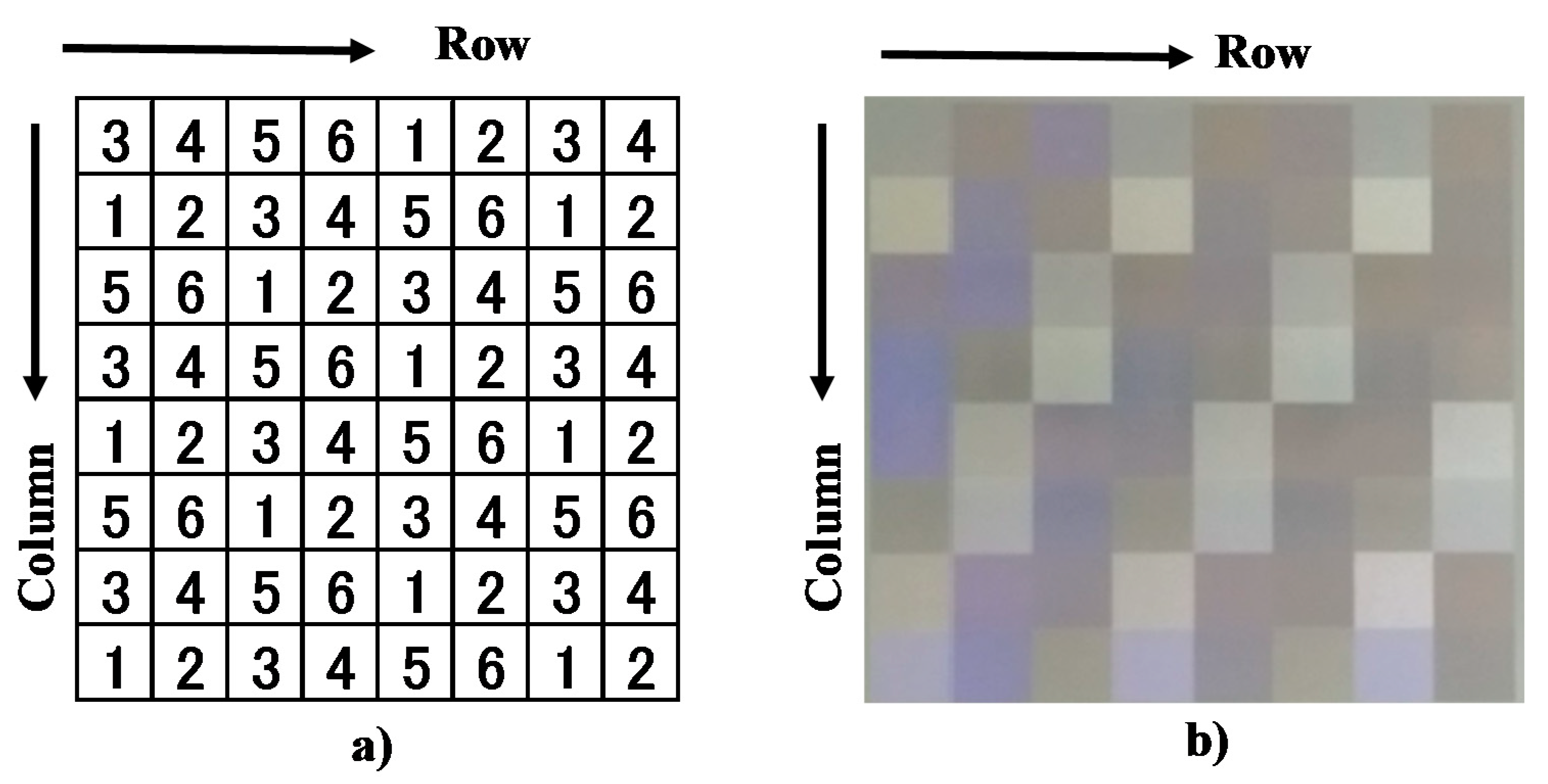
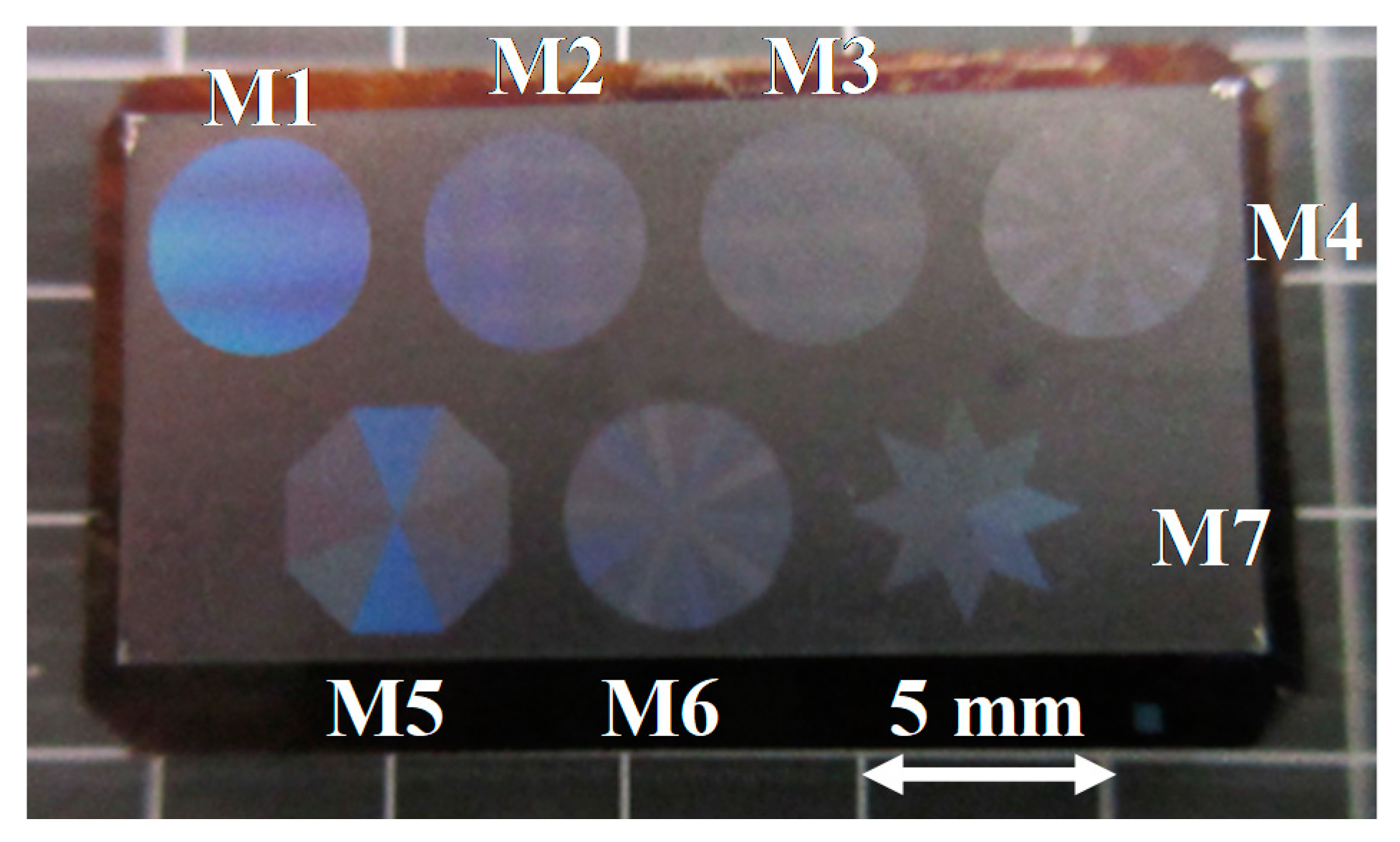
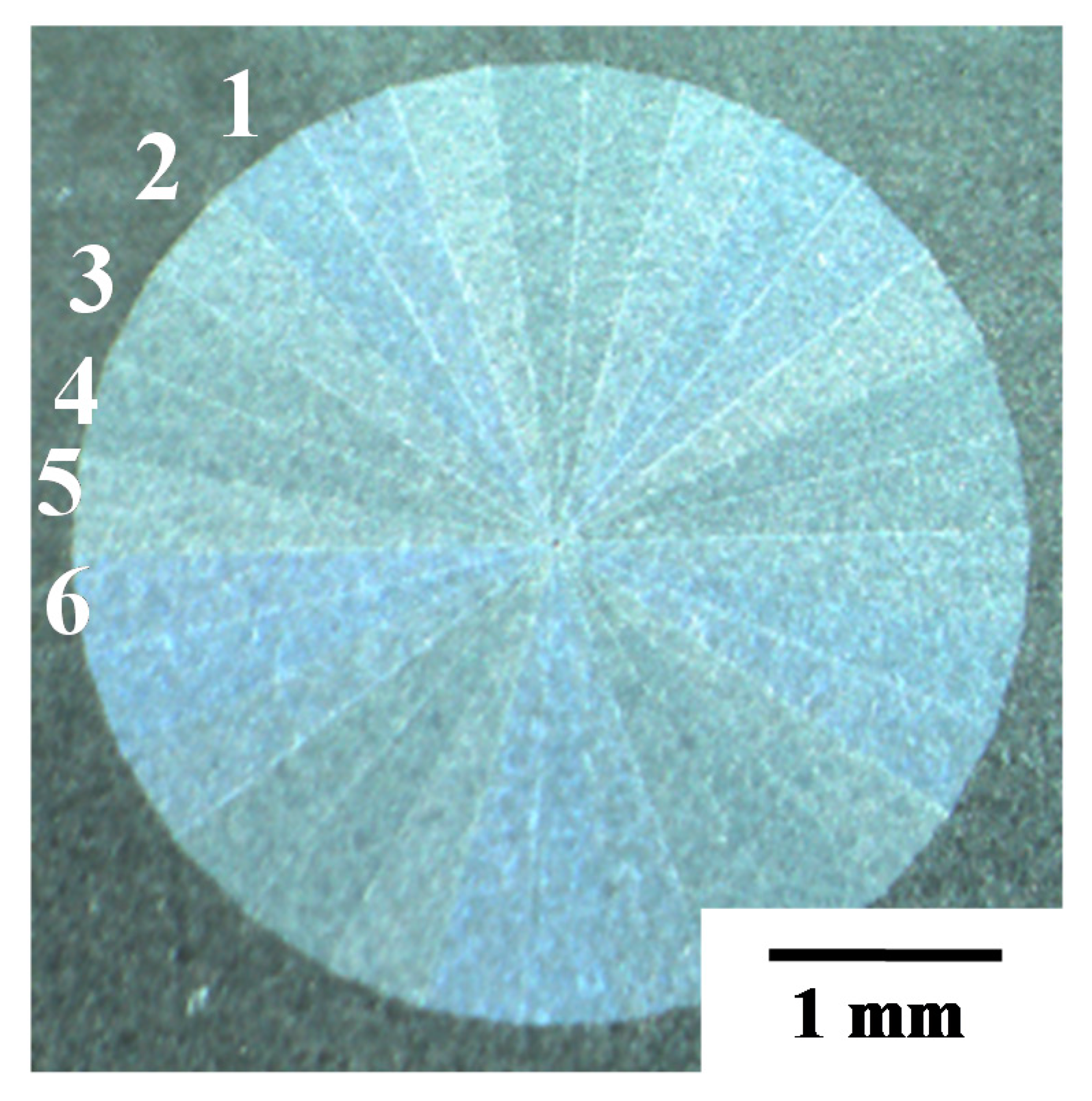
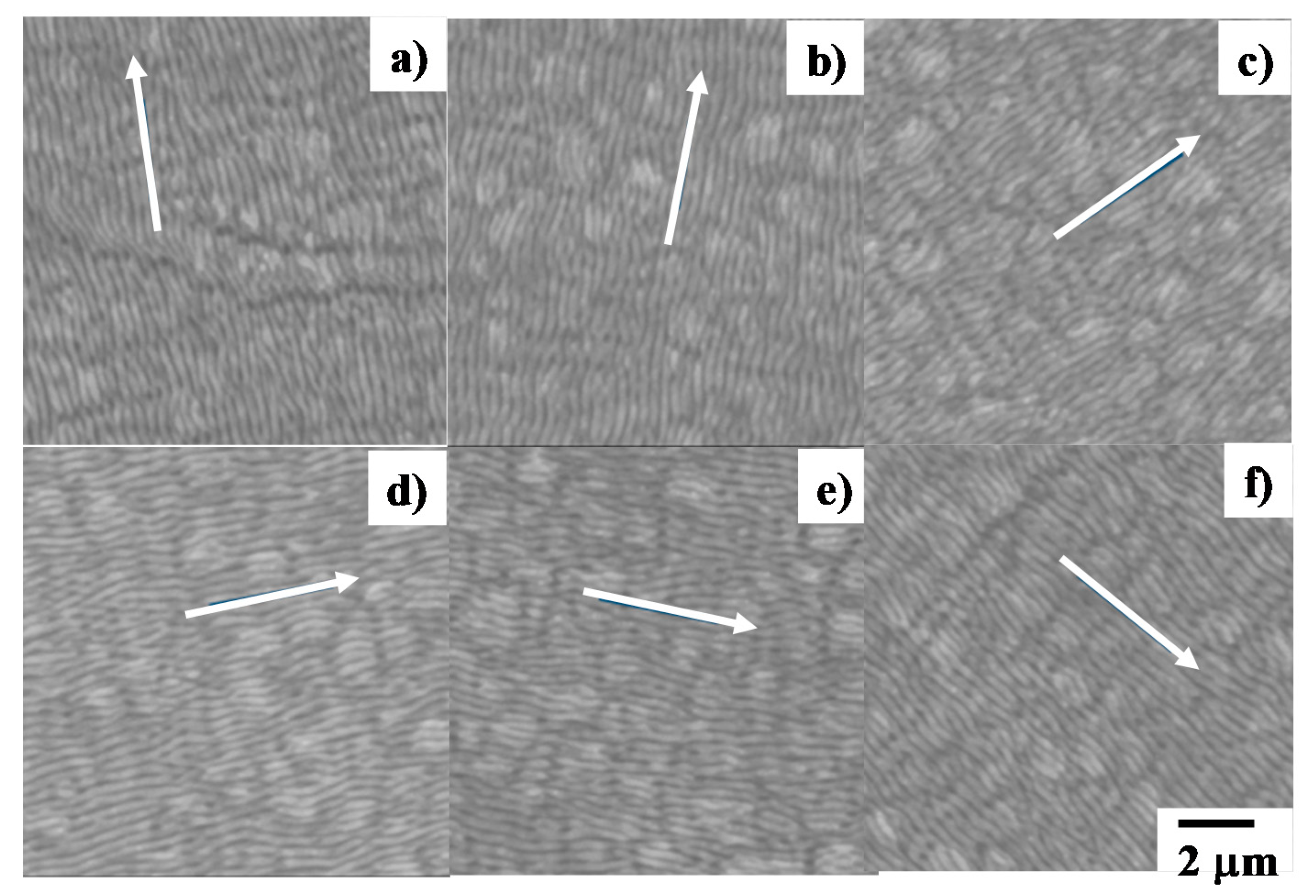
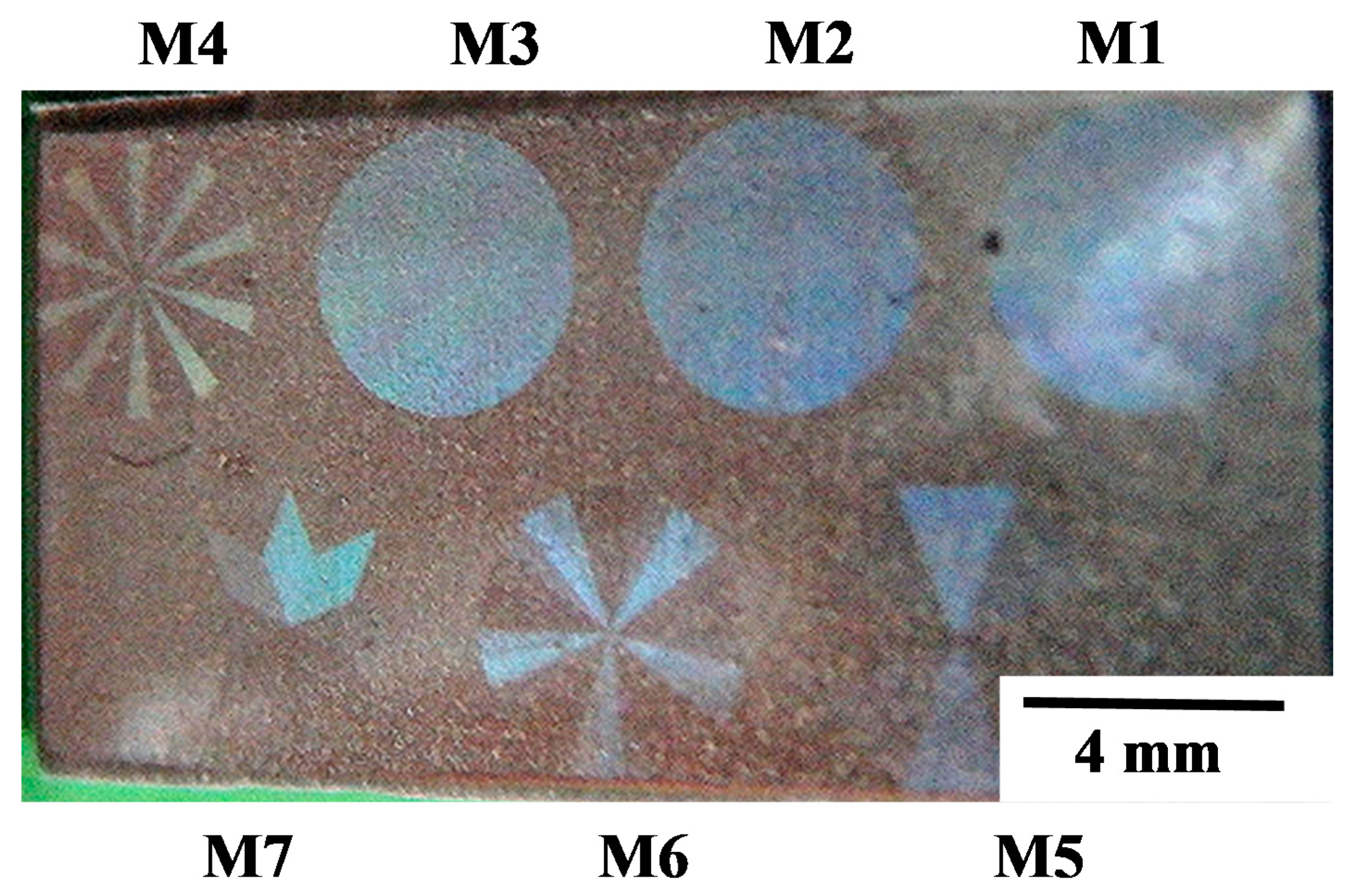
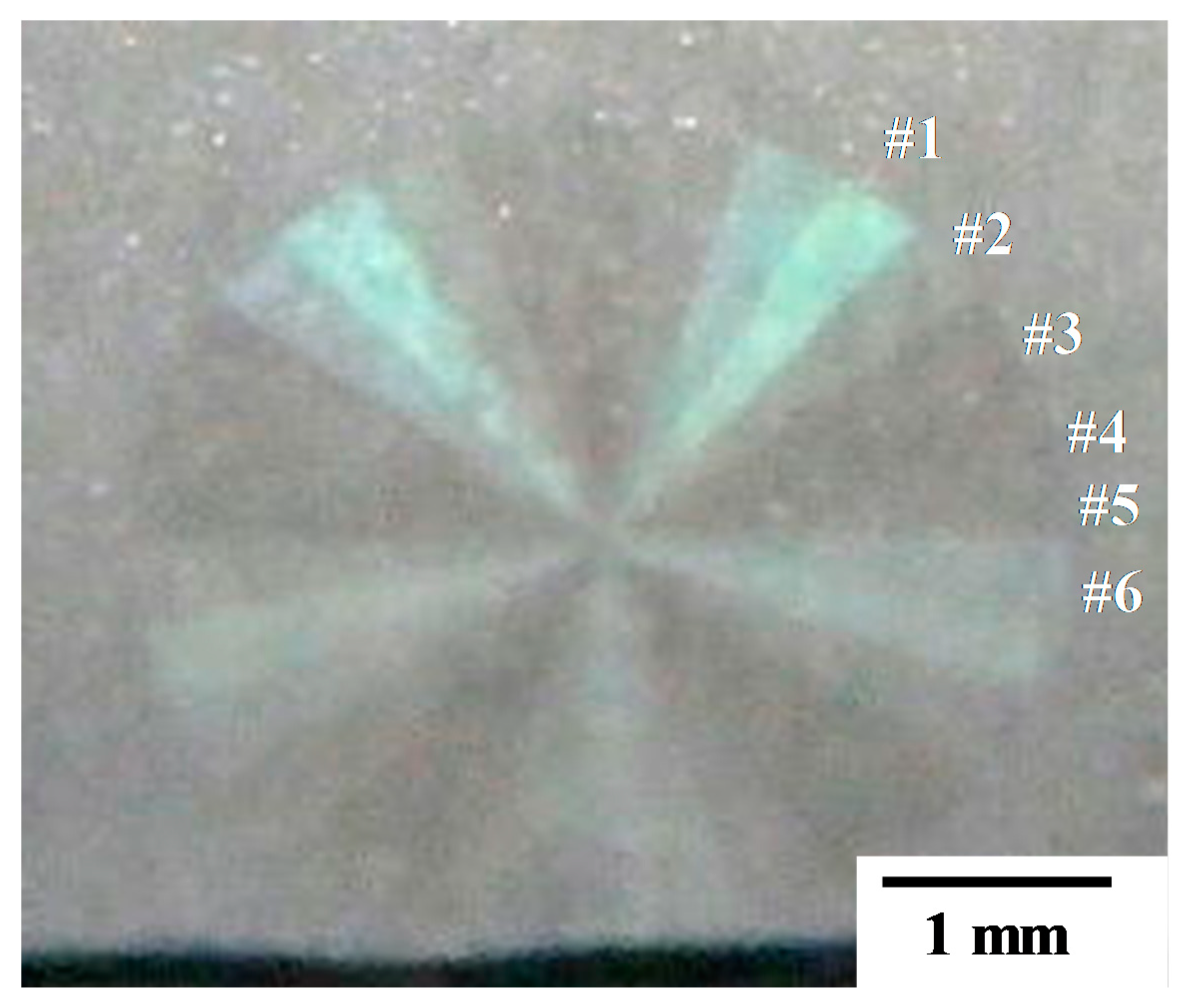
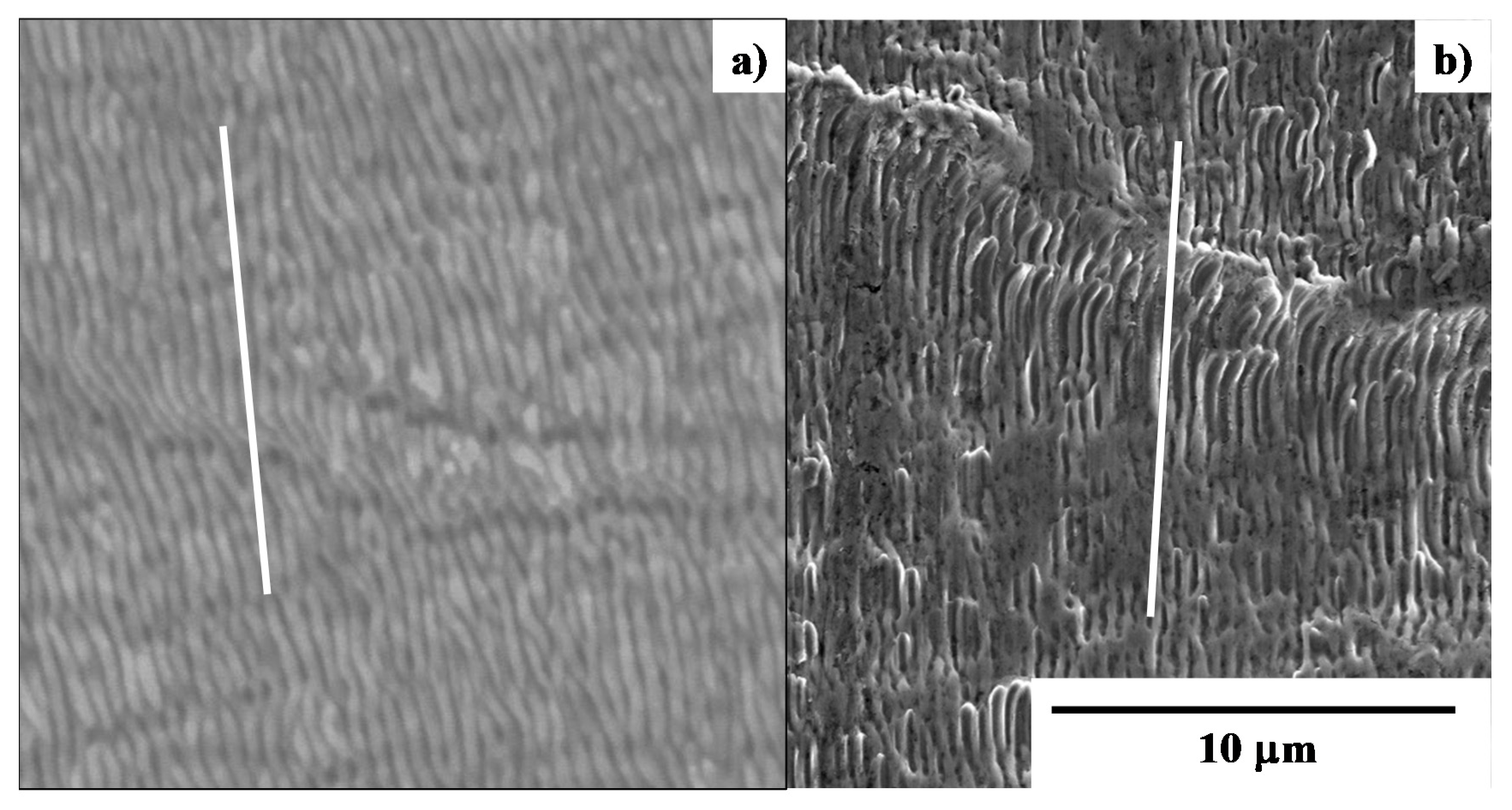
© 2020 by the authors. Licensee MDPI, Basel, Switzerland. This article is an open access article distributed under the terms and conditions of the Creative Commons Attribution (CC BY) license (http://creativecommons.org/licenses/by/4.0/).
Share and Cite
Aizawa, T.; Yoshino, T.; Inohara, T. Micro-/Nano-Texturing of Aluminum by Precise Coining for Functional Surface Decoration. Metals 2020, 10, 1044. https://doi.org/10.3390/met10081044
Aizawa T, Yoshino T, Inohara T. Micro-/Nano-Texturing of Aluminum by Precise Coining for Functional Surface Decoration. Metals. 2020; 10(8):1044. https://doi.org/10.3390/met10081044
Chicago/Turabian StyleAizawa, Tatsuhiko, Tomoaki Yoshino, and Tadahiko Inohara. 2020. "Micro-/Nano-Texturing of Aluminum by Precise Coining for Functional Surface Decoration" Metals 10, no. 8: 1044. https://doi.org/10.3390/met10081044
APA StyleAizawa, T., Yoshino, T., & Inohara, T. (2020). Micro-/Nano-Texturing of Aluminum by Precise Coining for Functional Surface Decoration. Metals, 10(8), 1044. https://doi.org/10.3390/met10081044




